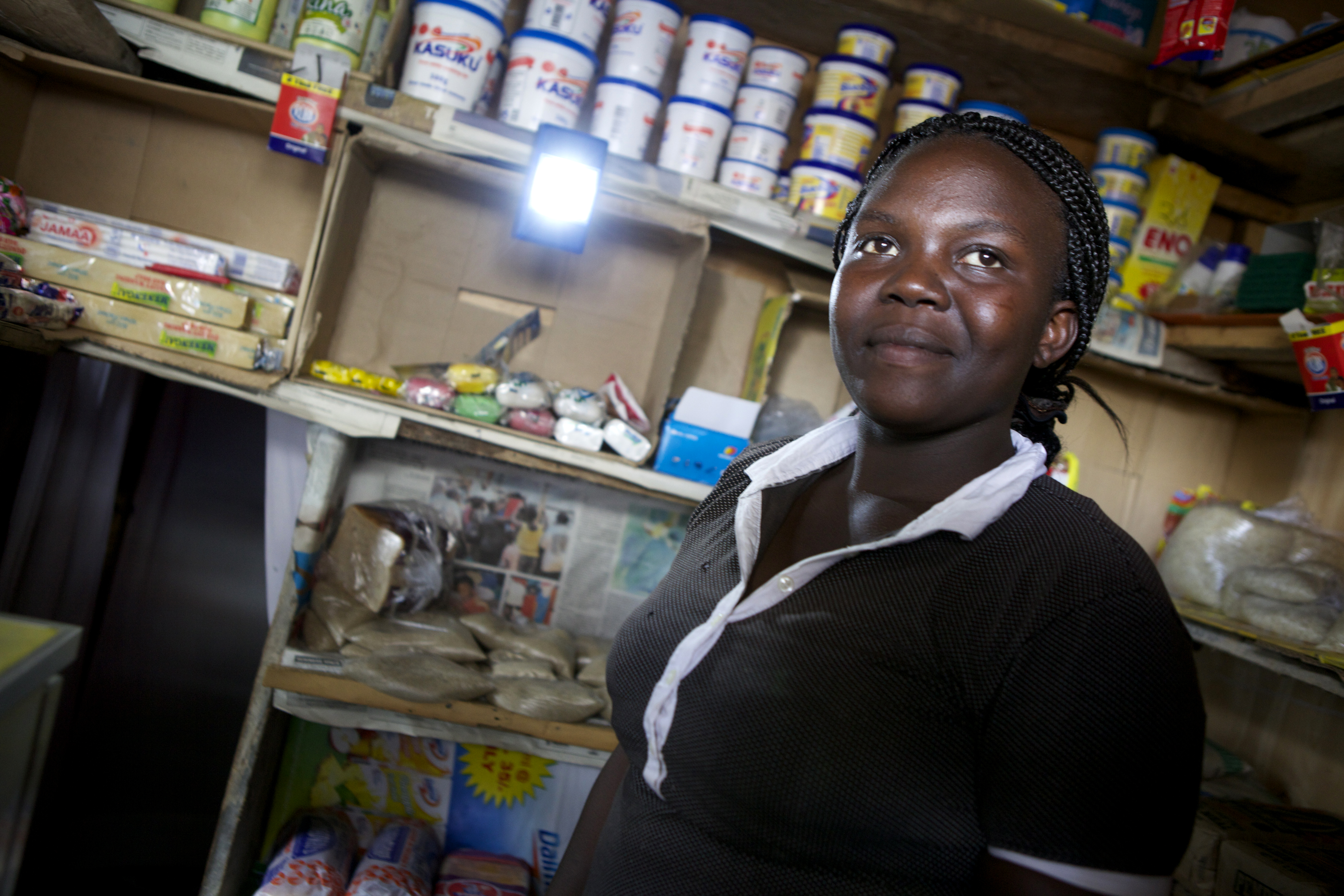What Do Women's Jobs Really Tell Us About Women's Empowerment?
This is the fourth in a series of blog posts summarizing the discussions from a May 2017 researcher gathering on measuring women’s empowerment in impact evaluations. Read the previous posts on household decision-making power, encouraging mixed methods, and using mixed methods to inform policy.
By Lucia Diaz-Martin, Rachel Glennerster, and Ariella Park

Measuring these inequalities and differences is difficult. For example, data on informal labor or care work is scarce—and interpreting what employment data indicates about welfare and empowerment can be even more complex. At a recent IPA and J-PAL roundtable on measuring women’s empowerment, researchers discussed some of these complexities and potential ways forward.
Even responses to simple survey questions about women’s work can be different depending on whom you ask. During the roundtable, one researcher noted a study in India that found that men and women gave different answers when asked the same question about whether the woman in the household was working. The women were much more likely than men to say that work was their primary activity.
Beyond data collection challenges, it is hard to know how working may affect or reflect women’s empowerment in different contexts. The UN Gender Inequality Index, which measures gender inequality across countries, interprets higher rates of female labor force participation as an improvement in women’s economic status. Yet, there are a range of reasons for why women might be working, and a job may be more or less empowering for a woman depending on her working conditions.
Incorporating labor force participation measures into an empowerment index means taking a stance on whether work in this context is empowering. This assumption may require some probing. For example, in surveys, researchers could ask working women about how and why they entered their current job. This could help illuminate the constraints a woman faced in making the decision to enter the workforce.
Another approach is to measure job quality. Standardized questions for measuring job quality exist, such as the OECD’s job quality index, but need to be tailored for use in specific contexts. For instance, the ILO’s categorization of “vulnerable employment”—those who are self-employed without formal employees—may not work in some developing countries, where women with heavy domestic care burdens might benefit from the flexibility of such self-employment.
Some rigorous research on job quality is already in works: researchers Samuel Bazzi, Lisa Cameron, Simone Schaner, and Firman Witoelar are evaluating the welfare impacts of providing advance information to female migrant workers about the quality of migration agencies’ job placements in Indonesia.
One innovative way to supplement survey questions about job quality may be to collect biometric data, such as cortisol levels to measure stress. Research over past decades has shown that experiencing lack of control or autonomy in the work place is a primary source of stress. Thus, measuring stress could capture a woman’s feeling of agency over her labor market choices.
This type of data collection may require more resources to implement, but has the potential to generate less subjective data. In an IPA study in Bangladesh, researchers are taking a similar approach, measuring salivary cortisol levels to evaluate the impact of a cognitive behavioral therapy intervention on stress levels among female garment factory workers.
Here again, though, context matters. We could imagine that a high-powered corporate executive has high stress levels. Yet we would not necessarily consider her disempowered for it, particularly if we believe that she chose a high-stress job for its other benefits.
Ultimately, it is hard to know what employment decisions indicate about women’s empowerment because measuring these decisions often involves measuring and interpreting preferences.
Ultimately, it is hard to know what employment decisions indicate about women’s empowerment because measuring these decisions often involves measuring and interpreting preferences. Classical economics assumes that an individual’s decisions and actions reflect her preferences and what she considers best for herself. We typically take these preferences as given. But, as many researchers noted during the IPA and J-PAL roundtable, women’s preferences are often constrained by cultural or contextual factors—and some interventions even cause preferences to change. How can we interpret these changes in terms of welfare?
One option may be to focus, instead, on how women’s labor force participation affects objective outcomes related to women’s empowerment, such as health or education outcomes.
In 2003, Robert Jensen (University of Pennsylvania) evaluated the impact of increasing awareness about job opportunities in call centers in India through annual information sessions. The sessions increased young women’s employment rates and changed their career aspirations; these women expressed a greater desire to seek employment throughout their lives, even after marriage and childbirth. Importantly, school enrollment and body mass index for younger girls also increased, suggesting that parents were more likely to invest in the welfare of their girl children after learning about greater employment opportunities for women. These outcomes together suggest that greater job opportunities can improve women’s welfare in this context.
These approaches are not exhaustive, nor do they provide a complete answer to the question of how female labor force participation relates to women’s empowerment. More research is needed on how to better untangle this complex relationship.
Have something to contribute? Let us know! If you’re aware of any interesting work being done in this area, including survey validation exercises (either completed or in process), please send an email to Lucia Diaz-Martin.












